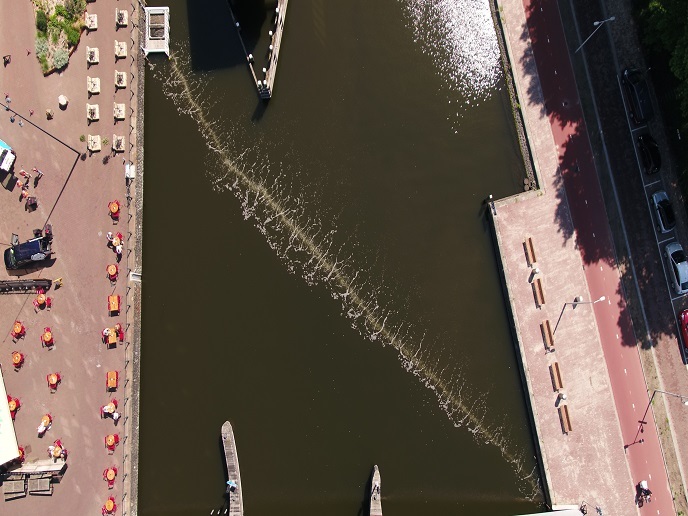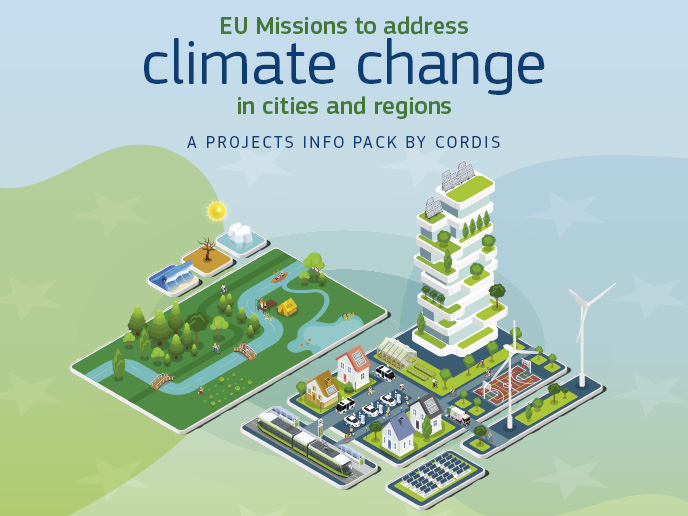How bubble barriers are stopping plastic waste in their tracks
Nineteen to twenty-three billion kilograms of plastic find their way into our oceans each year, with most starting their journey on land, then continuing in a river to end up in the ocean. Plastic waste not only puts marine species at risk of severe injury or death, it also raises concerns over the safety and quality of marine foods and, therefore, human health. It also poses challenges to coastal tourism and shipping as well as contributes to climate change. Inspired to do something about plastic waste, the EU-funded Great Bubble Barrier(opens in new window) project investigated how they could bring their smart solution for collecting and removing plastic waste from waterways, from the Netherlands to other European markets. “We wanted to define how The Great Bubble Barrier® could be scaled to different types of waterways as well as the most effective financing possibilities to do this. We also wanted to gain insights into potential EU markets and develop an EU expansion strategy,” notes Francis Zoet, project coordinator and co-founder and chief operation officer of The Great Bubble Barrier®.
The power of bubbles
The Great Bubble Barrier® is a sustainable and cost-effective solution consisting of a bubble curtain and a catchment system, which together block and collect plastic waste before it reaches the ocean, without hindering ship traffic or fish movement. “Its unique feature is that it collects plastics over the entire length, width and depth of a waterway,” highlights Zoet. In a pilot executed in 2017, The Great Bubble Barrier® proved its effectiveness, collecting 86 % of the test material(opens in new window) in the river IJssel. Zoet adds: “The solution aims to reintroduce the collected plastics in the value chain in a circular manner, thereby contributing to a circular economy.” At a closer look, the bubble curtain(opens in new window) is created by placing a special perforated and flexible 100 % PVC tube on the bottom of the waterway that is connected to a compressor on the riverbank. “The generated bubbles create an upward current, which pushes waste to the surface of the water. At the surface, the force of the bubbles stops the waste from flowing downstream,” explains Zoet.
Saying goodbye to plastic waste
The specific design of The Great Bubble Barrier® ensures that the solution collects waste at the riverside in a catchment system, from where it can be easily removed. The Great Bubble Barrier® can intercept plastic debris from 1 mm up to 1 m in size and operates all day long without the need for an operator. As an additional benefit, the bubble curtains increase the dissolved oxygen rate, which is beneficial for the aquatic ecosystem, and the solution is also suitable for a wide range of locations without needing to change the infrastructure. “During the project, we gained a thorough understanding of the factors that influence scaling The Great Bubble Barrier® and ways to effectively deal with them. We also acquired a deep insight into market opportunities including the riverine management in countries outside of the Netherlands and developed an EU market entry strategy,” concludes Zoet. Using this knowledge, the project will further develop the solution according to its findings and execute the EU market entry strategy. The Great Bubble Barrier® has the potential to make a real global impact towards the elimination of plastic waste in waterways.







